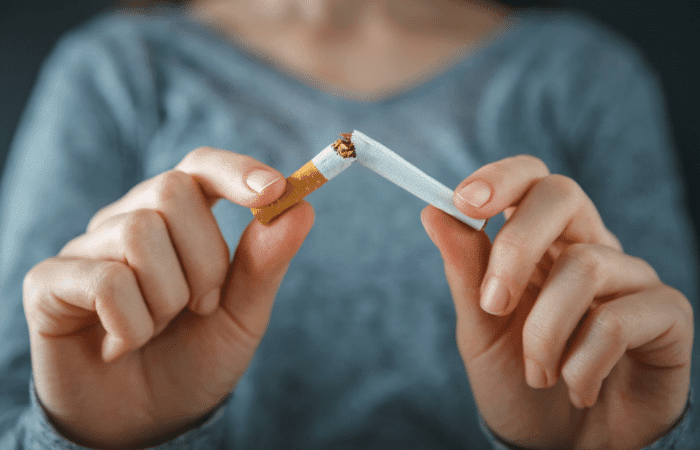The latest research and analysis of the landmark Framingham Heart Study by researchers at Vanderbilt University Medical Center suggest that the risk of lung cancer is drastically increased within 5 years of quitting smoking. World No Tobacco Day was observed throughout the world, looking at the adverse effects of smoking. Notably, smoking effects almost all 100 types of cancer in humans. The National Heart, Lung, and Blood Institute supported the study, which contributed to identifying high blood pressure and high cholesterol as major cardiovascular disease risk factors. But it also tracked cancer outcomes.

The current study looked at 8,907 participants who had been followed for 25 to 34 years. During this period, 284 lung cancers were diagnosed, nearly 93 percent of which occurred among heavy smokers, those who had smoked at least a pack of cigarettes a day for 21 years or more. Five years after quitting, the risk of developing lung cancer in former heavy smokers dropped by 39 percent compared to current smokers, and continued to fall as time went on. Yet even 25 years after quitting, their lung-cancer risk remained over threefold higher compared to people who had never smoked.
I hope this new study motivates people to quit smoking as soon as possible. Let’s come together and take a pledge on this World No Tobacco Day to educate smokers on the ill effects of smoking.

